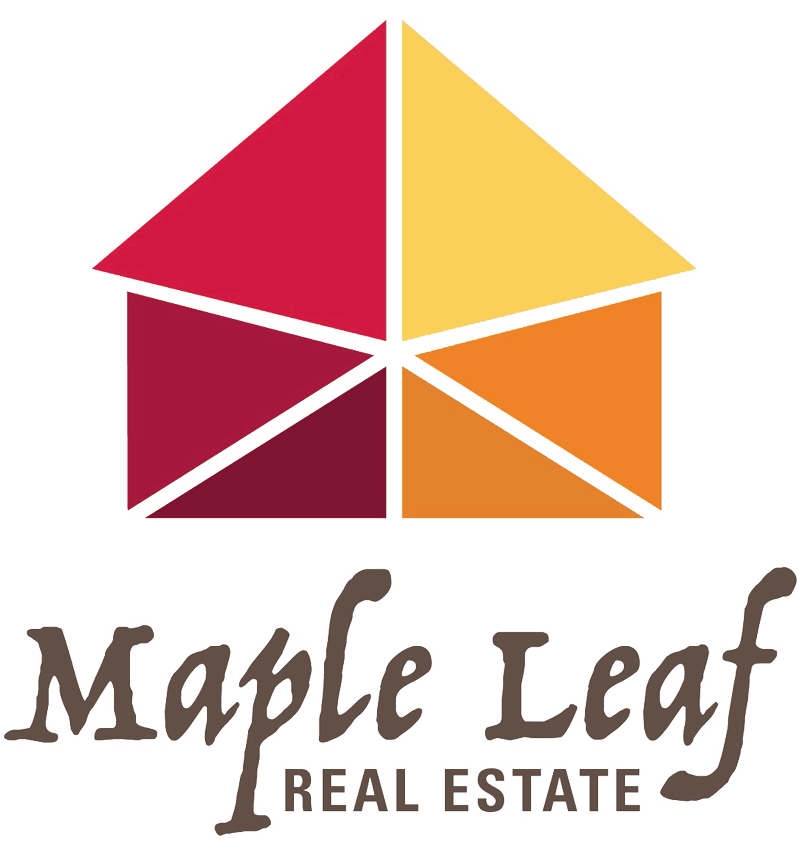
The flexibility of real estate tokenizations to diverse asset classes, coupled with non-US investor demand requires careful cross-border planning to ensure the tax-efficient holding of such U.S. The types of real property involved can also vary widely, including single-family homes, multifamily structures, office buildings, warehouses, retail spaces, and everything in between. Tokenization is flexible: a token could represent ownership of the underlying real asset, an equity interest in a legal entity that owns that asset, an interest in a debt secured by the asset, a right to share in profits arising from the use of the asset, and more. Rather than dealing with regular real estate interests in an outdated manner using paper documents, purchasers are able to engage in transactions digitally using tokens. Tokenization is the process of creating a virtual token to represent ownership of a real estate interest. Companies interested in launching a real-estate-backed virtual token must carefully consider and resolve a wide range of issues when planning, developing, and launching their real-estate token. These include increased liquidity and transparency, enhanced security, and simplified management.īut tokenization is also a highly complicated process, both technically and legally. Tokenization and the blockchain offer numerous advantages over traditional methods of dealing in real estate. Tokenization involves representing ownership of an interest in real estate with virtual tokens that exist on a blockchain (forming a type of security token). But a new method of engaging in such transactions promises to go even further in transforming the purchase, holding, and sale of real property: Tokenization. In recent decades, securitization has had some success in making real-property interests easier to deal in. Yet, real estate transactions also tend to be some of the most complex and expensive, rendering real estate itself relatively illiquid.


After all, whatever happens in the stock market, people will always need a place to live and work. Driveway, fencing, landscaping, shed, etc.: $49,490.Real estate has nearly always been considered a relatively safe investment. Electrical, HVAC and plumbing: $35,445.00 Drywall, flooring, insulation, paint, lights, appliances, etc.: $77,840.00 Excavation, concrete and retaining walls: $38,685.00 Design, Permit fees, inspections, etc.: $7,810.00 Here is an example of what a $350,000 build budget would look like: Whenīuilding a custom home, $350,000 doesn’t build a palace in Bay County in 2020. Permits, foundation work, framing, site work, exterior finishes, interior finishes, mechanical rough-ins- the details can add up rather quick. And it is often times more expensive, too. To make the continuous decisions that go along with such a project. It is far more complex to buy land and build a home than it is to buy a home that is already built and move-in ready.

Lots and lots of choices to create a future that is uniquely you. Lynn Haven has become a very popular community to call home and the Cove has long been a wonderful community for those seeking to be nearĭowntown Panama City. You can buy a neighborhood lot in a beachy or in-town community, or possibly find acres of land in the northern part of Bay County to start your And while there is not as much inventory, compared to 2020, there are still land & homes for sale across our Both of these options can be great, but each has a different journey to completion.įortunately, the real estate market in Bay County, Florida is Your future home awaits and we are here to help.Īre you in the process of locating your next dream home? If you are, you may be considering the differences between buying land and building new versus buying an existing home.


 0 kommentar(er)
0 kommentar(er)
